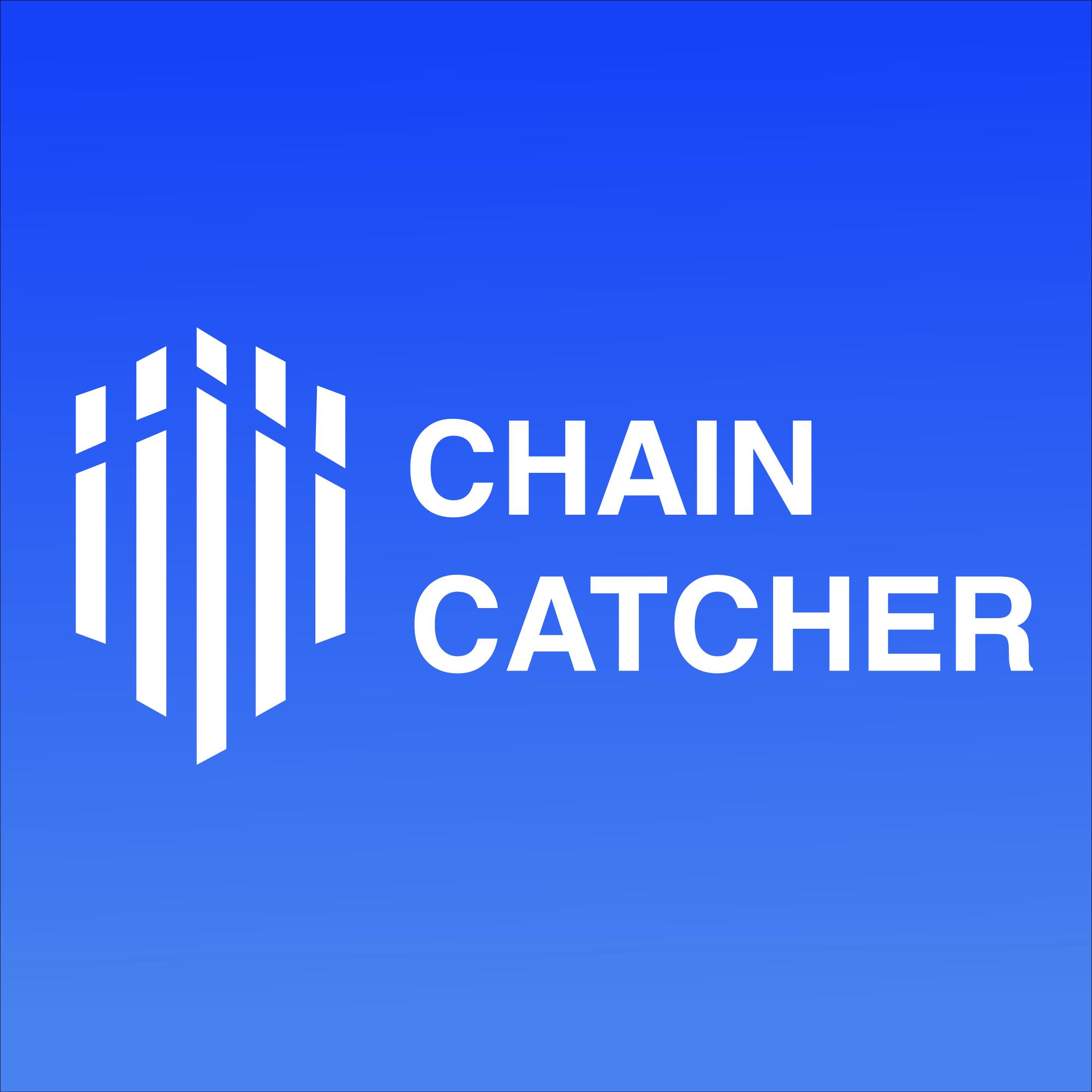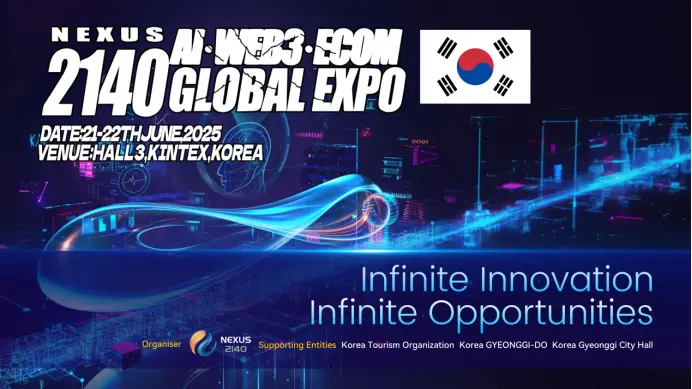Niu Fengxuan, Partner at Yunjiu Capital: The Development Characteristics and Investment Logic of the Metaverse
This article is edited and organized based on the online event sharing by Niu Fengxuan, a partner at Yunjiu Capital, on Chain Catcher.
I am glad to be invited to share with you today about my understanding of the metaverse. Today, I will discuss what the metaverse is, the connection between blockchain and the metaverse, the differences between centralization and decentralization, and the investment logic.
1. New Definition of the Metaverse
First, let's look at what the metaverse is. Broadly speaking, the metaverse is a 3D virtual space that presents convergence and physical persistence characteristics through virtually enhanced physical reality, based on the future internet, with features of linked perception and sharing.
From the user's intuitive perception, there is first a virtual identity distinct from the real world, where users can wear multiple masks to experience different lives. Secondly, there are social relationships, friends, immersion, low latency, diversity, an economic system, and culture. From a technical perspective, the rapid iteration of technologies such as AR, VR, AI, and blockchain is a catalyst for this wave of metaverse explosion.
However, the essence of blockchain is decentralization. Therefore, the metaverse under Web 2.0 and Web 3.0 will have significant fragmentation in terms of cognition, presentation forms, characteristics, and features.
Web 2.0 more centrally defines the basic rules and framework of the metaverse, providing a relatively standardized set of development tools. Developers can use these tools within the metaverse framework and rules to create creative UGC world constructions, offering different experiences to other players. The downside is that the interfaces and data provided by Web 2.0 are limited, and the focus remains on internet traffic logic.
Compared to Web 2.0, Web 3.0 has four differences:
Decentralization: Web 3.0 will adopt decentralized distributed storage as the underlying layer to carry user assets, data, and value transfer, where value transfer refers to transaction behavior, whether it is the transfer of tokens or non-fungible token assets;
Openness: From the lowest layer engine to the middle layer, everyone can engage in unified development in a Lego-like manner. This composability and interoperability is one of the most interesting new features brought by blockchain, which was vividly demonstrated in the DeFi ecosystem;
Public Database: User data and information do not belong to any centralized entity. Products uniformly use a transparent public database, allowing everyone to build various metaverses based on a unified database;
Interconnectivity: Various metaverses can interconnect with each other, and we have only one ID. However, currently, the interoperability of metaverse concept products on the blockchain is not strong.

2. New Chapter of NFTs
Next, let's look at the asset carrier of the metaverse, "NFTs." First, we clarify that NFTs are components of the protocol layer, a type of asset standard and form, not physical objects.
Secondly, NFTs essentially serve as a means controlled by smart contracts to regulate or manage asset rarity, modifiability, and tamper-proofing, allowing users to transparently see various dimensional parameters of virtual asset releases. They are more like a set of templates, providing a verifiable place for scarcity compared to centralization.
Additionally, I personally believe that the most interesting feature of NFTs is the interoperability and composability brought by blockchain itself. They can natively cross applications; for example, the monkey avatar purchased now will only exist in your address. In the future, these assets can simply be avatars, or they can be complex game characters, accessories, or products with special attributes, and can also be used in social scenarios as universal identification.
However, it is important to note that NFTs cannot easily enter established traditional fields. On one hand, there are copyright issues; on the other hand, there are technical reasons, as the underlying databases are not interoperable.
The most popular recent application of NFTs is Loot. It can be said to have opened a new chapter for NFTs. The novelty lies in its different creation logic compared to previous NFTs. The first chapter of NFTs was more of a top-down centralized logic, where issuers assigned application scenarios, value, and art to NFTs;
Whereas Loot opened a bottom-up construction logic, generating only the original data, with everything else created by users and the community, such as the rarity checking tools, image generation tools, and visual equipment we see now, all created by users and the community.
The biggest challenge for NFTs currently is: it is difficult to have a unified pricing rule, and the intrinsic value and true utility value are hard to measure, relying solely on market pricing. Currently, market pricing is more about emotions and dream premiums, where dream premiums refer to future value, such as scarcity, interoperability, and product development, for instance, if in the future the metaverse can only use NFT avatars, that is the value.
Now let's look at the specific differences between centralization and decentralization.
First, user base: centralized products can reach hundreds of millions of daily active users, while decentralized ones can reach a maximum of one million daily active users. The main reason for this gap is the user threshold; for example, for login, centralized forms are extremely simple, requiring only a phone number, while decentralized login revolves around private key management;
Second, user data: in a centralized world, data belongs to the company, which monetizes by capturing all user behavior data. In a decentralized world, data does not belong to any company; anyone can view it, but you do not know who the real person behind the address is;
Third, construction method: centralized systems build a set of rules from the top down that users accept, and users use products under these rules. Decentralized products will experience an initial top-down phase followed by a complete bottom-up phase driven and evolved by the entire community, where ordinary users and developers can also iterate on existing products and create forks;
Fourth, infrastructure: centralized infrastructure is very mature and can support very high performance, while decentralized infrastructure is still in its early stages. For example, the current capabilities of the NFT protocol are limited, unable to support complex interactive NFT gameplay, and performance is also limited.
Fifth, governance method: centralized governance is handled in a concentrated manner, while blockchain governance will transition from early centralization to gradually attempting community-led governance.
Sixth, benefit allocation: in centralization, benefits belong to the company, while in blockchain, benefits belong to the community, creators, and developers. In 2017, the distribution of chips between the community and investors, VCs, etc., was about 30%/70%, whereas now it is 70%/30%, with some tokens allocated to their ecological funds, investing in building other teams around their product ecosystem. Thus, the entire token mechanism design and incentive model have evolved over time and may eventually evolve into a newer, more optimized token mechanism.
Therefore, from an overall development perspective, the differences between centralization and decentralization will lead to the failure of the moat of giants in the blockchain world, and business models will be successively disrupted.

3. Investment Logic in the Metaverse
Finally, let me share our investment logic in the metaverse. In terms of track layout, we mainly focus on: infrastructure, protocol layer, developer tools/user tools/data tools, and application layer, but we will be relatively cautious in the application layer as the infrastructure is still incomplete.
Regarding teams, we pay attention to three characteristics:
First, high market sensitivity. The blockchain market is unpredictable, with small hotspots every few weeks and large hotspots every few months. If you do not keep up, the market can easily become irrelevant to you;
Second, the design of economic models is crucial. If designed poorly, you may either be drained by opportunists or have your tokens eliminated in the secondary market;
Finally, long-termism, as the industry is in its early stages, leading to very obvious bull and bear cycles. Many tokens do not generate independent market conditions, and most people are hot in and cold out, which is the least meaningful.
To maintain long-termism, I believe: first, you need to have passion and keep a sense of excitement, which determines whether you truly believe in this matter. I once slept only four hours a day for four months, and besides working on products, I had to meet a large number of projects. I was constantly attracted by their unique gameplay and composability;
Second, learn to endure monotony. Work and some unavoidable repetitive tasks are bound to be tedious;
Third, time and experience. A large workload is the best proof;
Fourth, accumulation leads to explosive growth. Like the traditional internet field, the blockchain industry also has cycles. You need to learn to combat cycles, but the advantage of the blockchain field is that the cycles are shorter, and as long as you persist, you can gain the benefits of a mature industry over decades;
Fifth, learn to accept mistakes, as no one is without faults. As long as we can promptly get back on track, that is enough. Personally, I believe that the essence of the metaverse is to allow everyone to have an "alternate life" through equal rights in a strange adventure journey.









